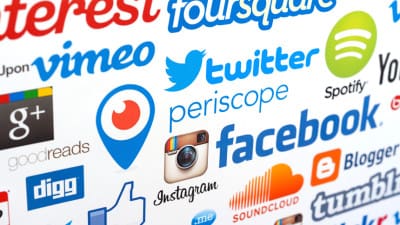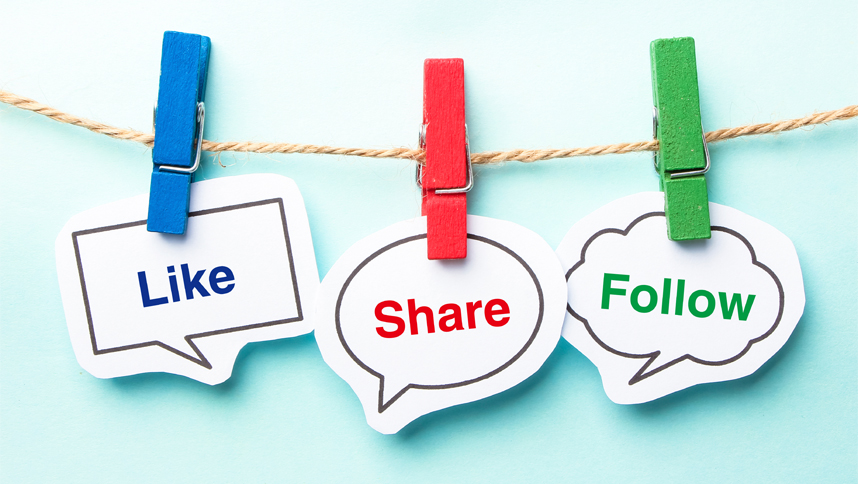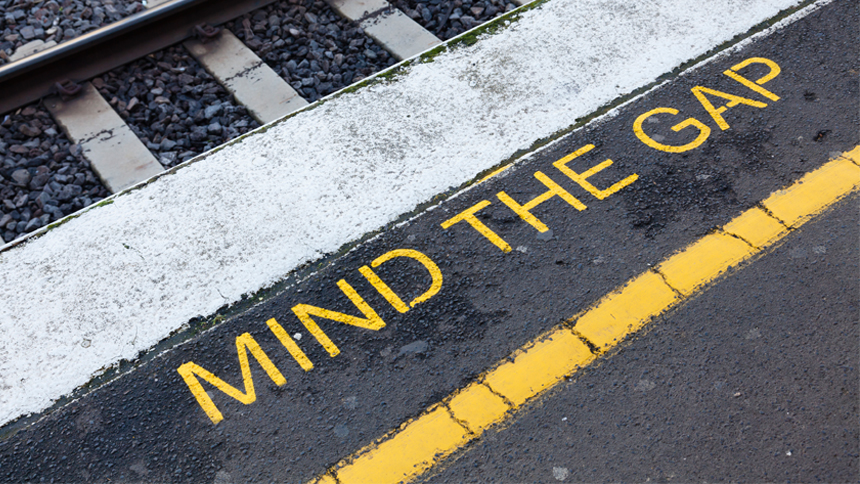Social media can be a huge asset for job-seekers. That is, if you have a solid profile.
What does your social media profile say about you? What should you put on it—and what should you leave off? Follow these tips to ensure your Twitter, Facebook, LinkedIn, Pinterest (and whatever comes next) pages are a reflection of your best self.
1. Descriptions of Previous Jobs
Using the job descriptions on a site like LinkedIn, you can paint the picture of how you made an impact in your previous roles by sharing details of your job duties and accomplishments.
“I think it’s bad for anybody not to have content or descriptions,” says Barbara Safani, president of Career Solvers in Manhattan. “For a writer, there’s a lot of opportunities to build [the profile] out past the traditional chronological and achievements of a resume.”
For example, if you’re a reporter, instead of just saying that you covered city hall, tell which stories you broke, that you have over 100 top-level sources in local government or that your investigation led to the modification of a law. Of course, LinkedIn provides much more space for this than Twitter or even Facebook. For those sites, it’s best to keep it brief by listing…
2. A Niche or Specialty
Most social media profiles offer a spot for a headline and summary, so writers need to take advantage of them, Safani notes. You can do this succinctly by mentioning your area of expertise as well as how your unique skill set helps you stand apart from the competition.
Lindsay Oberst, a writer from Atlanta, says it’s important to show a little bit of your personality by including a quirky or interesting detail, as well. “This way, people reading your profile won’t be bored, and you’ll increase the odds that they’ll remember you,” she adds.
3. Links to Your Work or Clips
Safani says that creative people can add personality to a standard profile by using the applications on LinkedIn, which let users showcase some of their work samples. If you do not use applications, you can link to your work whether it’s on your own website, or on your Mediabistro Freelance Marketplace listing.
“You also want to give a brief summary of your professional life anywhere that you are given the option—even in your Facebook profile,” suggests Margo Dill, a freelance writer based in St. Louis who teaches classes for wow-womenonwriting.com.
4. Charity Work and Professional Affiliations
Even if it doesn’t relate to the media biz, fulfilling work you do outside of a paying job can be a great conversation starter. Plus, you never know if the person scoping out your profile knows someone involved in that organization.
So, if you spend Sundays tutoring kids at the local community center or helping your child’s PTA organization, include it on your profile.
Likewise, listing professional groups you belong to is a good idea because it builds credibility.
5. Contact Information
This should go without saying, but unfortunately far too many people forget the basics. As someone who regularly scopes out the Web for creative professionals to interview, I can’t tell you how many wordsmiths do not have their contact information prominently displayed—or added at all.
Even if you simply link to your website or other social media profiles, that’s a pivotal step. The whole point of having a social media profile is to connect with other people, so—duh—give them the means to do so.
6. A Photo of Yourself
“You definitely need a profile photo that is a headshot of you,” says Dill. “It does not have to be from a professional photographer. It can be something your spouse took, but it should be you, smiling, wearing nice clothes.”
A shot of your newborn baby, the dog eating your shoe or that beloved Gandhi quote do not count.
That says, leave off anything incriminating that you wouldn’t want your mama to see. Photos of yourself giving a presentation at a trade organization conference? Add ’em. Pictures of what happened after the after-hours cocktail party? Skip ’em.
7. Professional, Well-Written Content
If your profile is public, prospective employers or industry peers can see anything you have on it. So, whether in the headline, summary or body of the profile, make sure it does not contain any typos. “It’s even more important that a writer have a well-written profile,” Safani says. “They’re under a little bit more of a microscope.”
And, although everyone tends to mix the personal and professional online, be mindful that anything even slightly offensive could reflect poorly on you—even if you aren’t currently job hunting. That includes political cartoons, t-shirts with wacky slogans or images or if you “Like” a statement on someone else’s wall.
Tracey Minkin, a freelance writer based in Providence, R.I., says “I have an eye constantly to the fact that people who want to hire me…would want to look at my Facebook page.”
The Bottom Line
Social media profiles are part of your calling card to the rest of the world, so exercise caution when posting. Keep the more personal content on a separate, private account that isn’t listed under your real name.
If you’re on the fence about what to post and what to leave off, think about how you view other people’s profiles. Would you want to hire someone if a lot of their posts sound depressing or use vulgar language? Probably not.
For Minkin, having an active Facebook wall makes her more hirable. “I’m more appealing because [potential clients and employers] see… I’m not embarrassed to promote my own content and the content that’s important to me,” she says.
When you’re job hunting, it’s a sure thing employers will be checking your LinkedIn profile. Impress them with a LinkedIn Profile Edit: Leverage one of our dedicated career advisers to ensure your profile aligns with your resume and professional experience.










